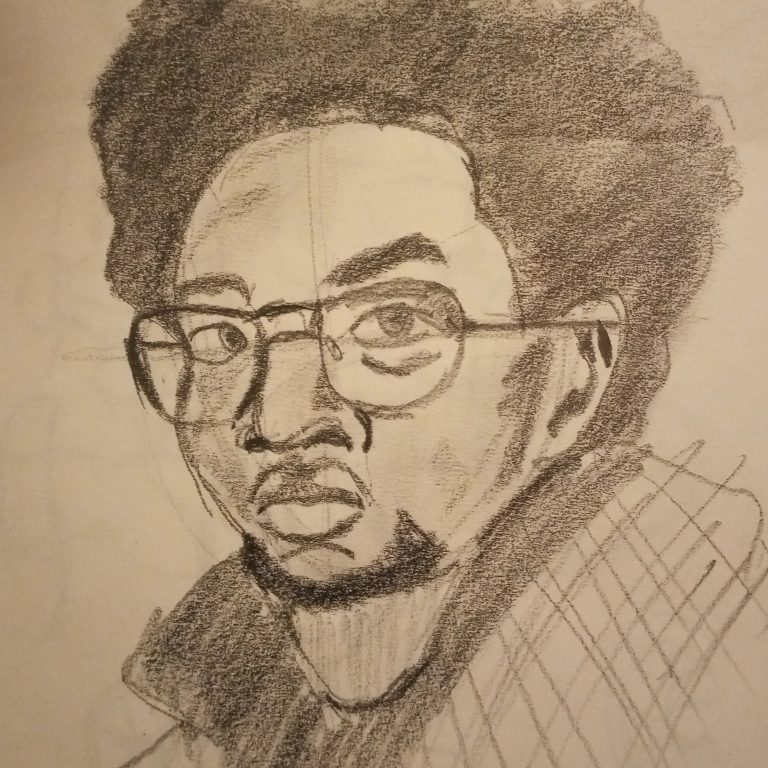Exercises from this can be found in Betty Edwards Book, Drawing on the Right Side of the Brain
Three posts about art back to back, a new world record for my lazy ass. As I’ve identified art as the work I am supposed to be doing, I’m going to have to plan the next step of my art education. The first step of my plan is working on art fundamentals. Art, like anything, is a learned skill. And with that idea in mind, I believe that it can be taught using a set of repeatable steps and practice. That is why I will having these next posts focusing on the fundamentals.
Art Fundamentals

I am using the concepts covered in Betty Edwards’s book, “Drawing on the Right Side of the Brain” as the foundation of my art education. I chose this book because it also covers the mental shift needed to make my art look convincing. As stated in my youtube channel post, I had difficulty perceiving what I was trying to draw. For example, here are some examples of my drawings before reading this book.


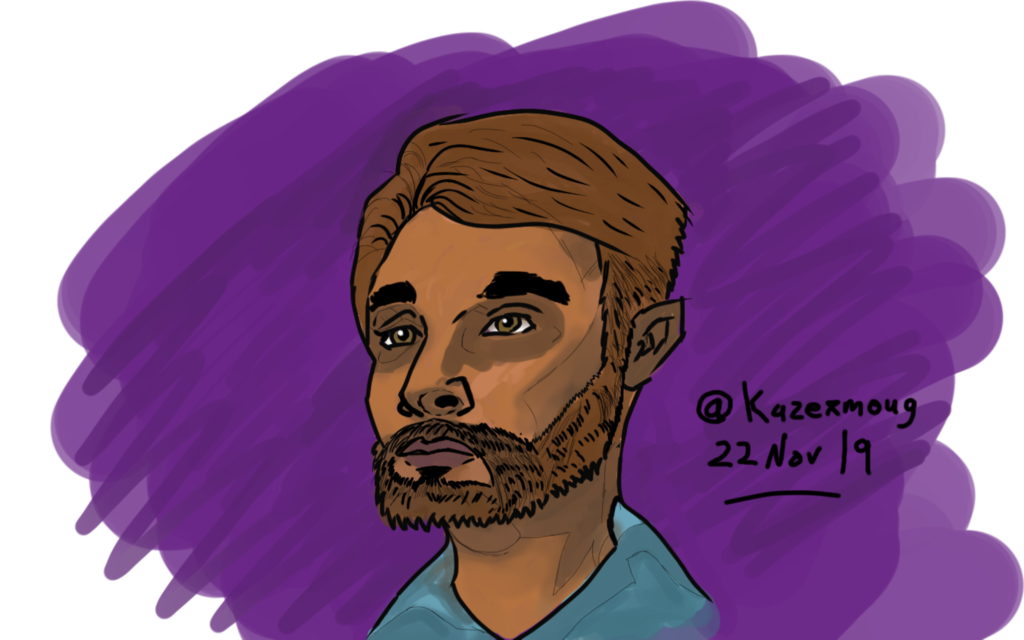

From my perspective, I was happy with what I made on the page. I wasn’t trying to focus on whether it looked good or not, I just wanted it on the page. It was here that I first admitted to myself that I don’t know how to observe what I try to draw. The majority of my drawing, from adolescence to adulthood was from my own imagination. A few examples:

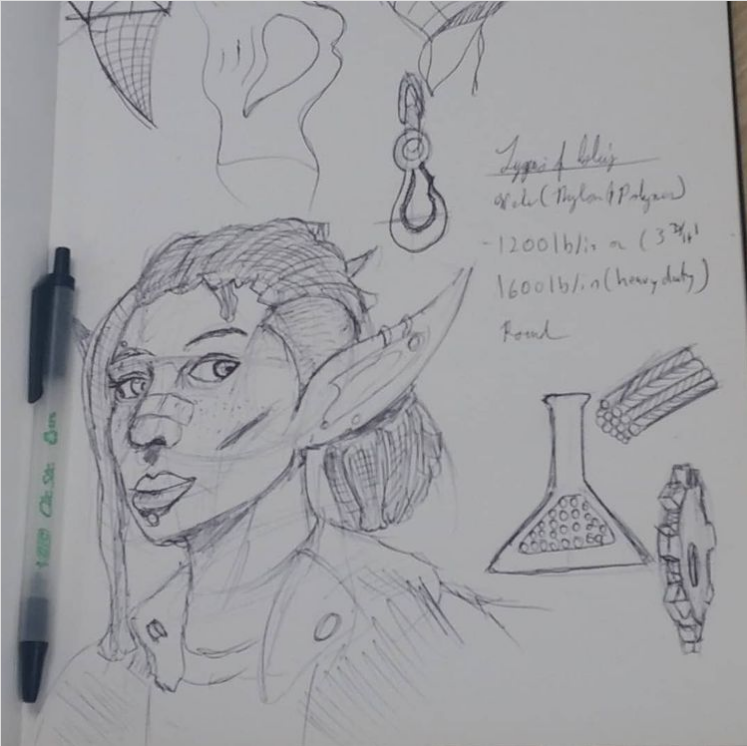
Perceiving edges, shadow, perspective, and whole
Working through Betty Edwards’s book I relearn the essential steps necessary to make my drawings look convincing. These steps are perceiving edges, shape, perspective, and whole. The book breaks down the entire process of drawing into manageable steps that can be gradually improved upon with dedicated practice.
Perceiving Edges
In learning to draw, edges are where two things come together. Edward’s teaches us this concept by introducing the pure contour drawing exercises. What we do in this exercise is draw the lines that we see in the palm of our hand while looking away from the paper. Some call this ‘blind contour drawing’. This is the first of many exercises that start the shift from L-mode thinking to R-Mode thinking. The purpose of this exercise was to have the L-mode passively drop out so we only focus on perceiving what we see. By not looking at the page, we are marking down only what we see. These drawings are supposed are not supposed to look like anything because they are just what our brain perceives. Without the interruption of the L-mode trying to categorize everything, our minds kind of switch to autopilot. After 5 minutes this is what I had produced.
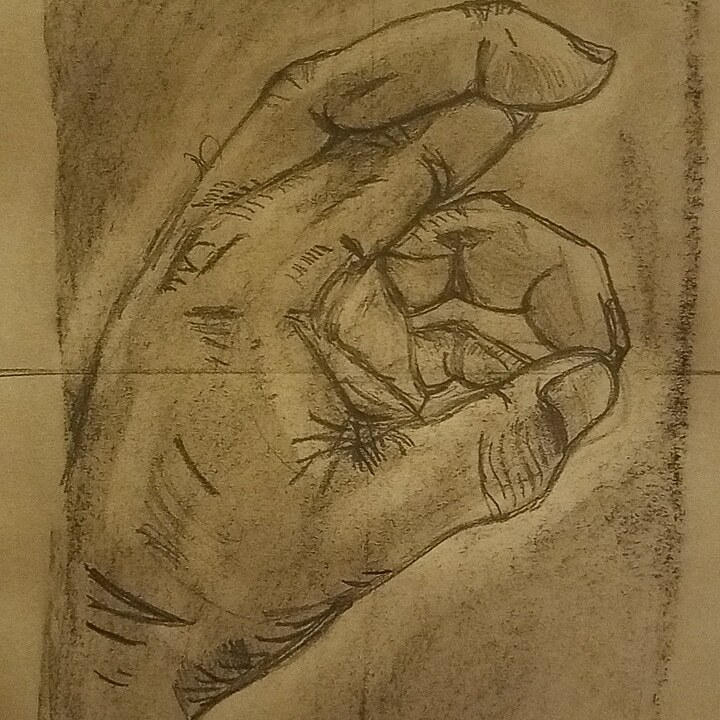
For the next exercise in perceiving edges, we were to draw our hands using a picture plane. Using a picture plane and marker, I would outline edges on my hand and then proceed to draw on a piece of paper. The result was a relatively realistic-looking hand, something I had never done before.
Perceiving Perspective
After getting comfortable observing edges from our subjects, we next had to understand how things fit into space. To solve that problem we introduce the concepts of perspective. Perspective allows us to perceive a two-dimensional object as three-dimensional. As what I’m drawing is on a flat surface, perspective helps create the illusion of depth and mass. Perspective drawing is something I had a lot of issues with when first learning to draw. I knew it was important to make convincing images, but I couldn’t wrap my head around what instructors were trying to convey. Reading through Edwards’s book and doing homework on drawabox helped me comprehend how to make an image look three-dimensional.
Perceiving Shadow(aka light logic)
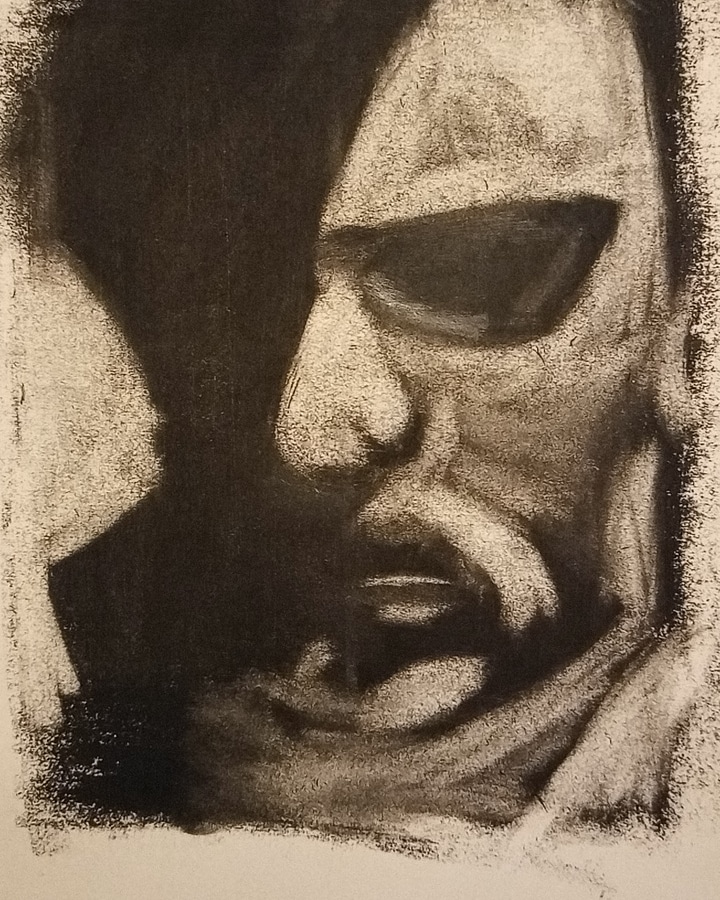
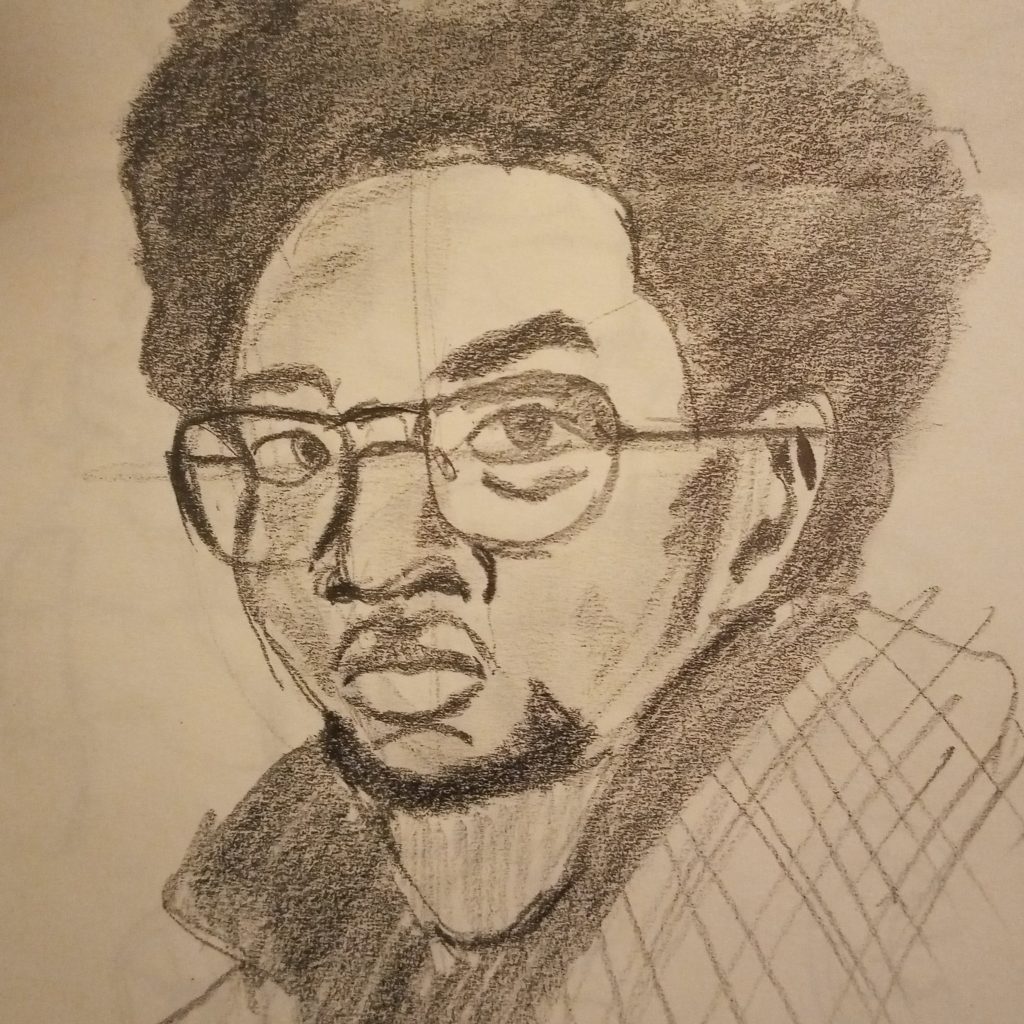
This was the portion of the book I had been avoiding for a while. Tone and colour are parts of art that I had often avoided. This was due to faulty instruction and the impatience of wanting to improve quickly. Ironically, by delaying my understanding of light logic, I hampered my ability to improve quickly. Finally sitting down and having guided instruction helped me overcome my fear of tone and colour. In this section of the book, we were drawing portraits. Drawing portraits has a way of putting together all the previous concepts. Perceiving the relationship between space and edges actually made the toning section quite fun. I was unaware that I could make something that looked convincing. Though I still have a lot to learn I have never been so close as to actually finish a full drawing.
Putting it All Together

Compared to when I started, I think I’ve come a long way. The only to reinforce these skills is to practice. I’ll admit I’ve been slacking in producing my work. Now seems like the best time to reaffirm my proper work.
Thanks for Reading

